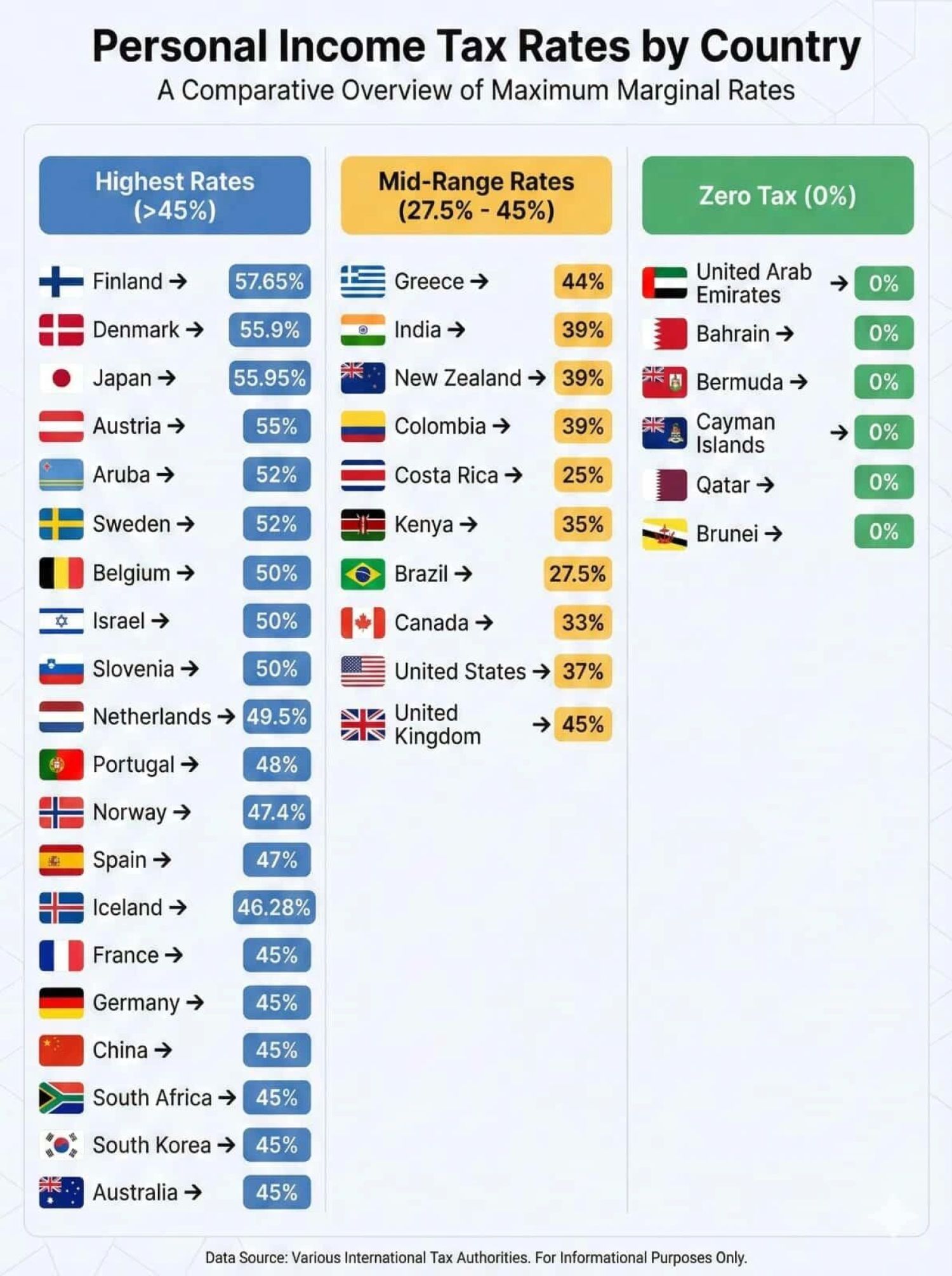
CBDT: Sets Systematic approach to verify 'high-risk' refund claims AY 2024-25
The Income Tax Department has introduced a systematic approach to verify 'high-risk' refund claims for the AY 2024-25 (Financial Year 2023-24) based on a Standard Operating Procedure (SOP) issued by the Income Tax Systems Directorate under the Ministry of Finance. This process will follow a Standard Operating Procedure designed to detect and prevent fraudulent or false refund claims. This SOP is aimed at identifying and investigating potentially fraudulent refund claims filed either in an organized manner or by individual taxpayers.
Standard Operating Procedure will ensure that the verification process is uniform and thorough. This involves cross-verification of the claims with other financial data, detailed scrutiny of the returns, and analysis of potential mismatches in income, tax deductions, and refund claims.
This systematic verification of high-risk refund claims under the Standard Operating Procedure is a proactive measure aimed at safeguarding the integrity of the tax system, ensuring that fraudulent refund claims do not go unnoticed. By focusing on organized attempts and patterns of suspicious behavior, the Income Tax Department seeks to detect, prevent, and address cases of false refunds while protecting genuine taxpayers. Key Elements of the Standard Operating Procedure for High-Risk Refund Claims:
-
Goal of the Standard Operating Procedure:
- The objective of this initiative is not to create unnecessary pressure on genuine taxpayers but to ensure that refunds are granted based on accurate and legitimate claims. The key objective of this verification process is to identify whether these claims have been made through an organized effort or by a single key individual attempting to manipulate the system.
- Focus on Organized Attempts: The department will investigate whether these high-risk claims are part of a systematic attempt to evade taxes or obtain false refunds. This could involve a group of individuals or an entity making similar fraudulent claims, coordinated through a central person or strategy.
- If, after investigation, the claims are found to be genuine, the case is closed without further action. If the claims are found to be fraudulent, further investigation will proceed as per the SOP guidelines.
-
Identification of High-Risk Refunds:
- The Income Tax Department will flag certain refund claims as 'high-risk' based on predetermined criteria, such as abnormally large refund amounts, suspicious patterns, or discrepancies between declared income and claimed deductions.
- Standard Operating Procedure targets refund claims flagged as high-risk due to potential signs of fraud, such as:
- False House Rent Allowance claims.
- Bogus donations incorrectly claimed as eligible for deduction u/s 80G.
- Inflated or exaggerated expenses.
- Common email IDs used across multiple tax returns are seen as a possible indicator of organized attempts to file false claims.
-
Involvement of Multiple Authorities:
- Standard Operating Procedure has been communicated to assessing officers, TDS charge officers, and the investigation wing to facilitate the management of these high-risk situations.
- Nodal officers at the Central Registry Unit are tasked with handling flagged cases forwarded for further action, ensuring an organized and coordinated approach to verification and investigation.
-
Common Patterns and Suspicions:
- The Standard Operating Procedure emphasizes that false refund claims in previous cases have been identified through incorrect TDS credit claims, underreporting of income, overstated deductions, or bogus expenses.
- Returns filed with suspicious patterns, such as multiple filings using the same email ID, will be subject to deeper scrutiny.
-
Verification Procedures:
Action Against Key Individuals: If the verification process uncovers evidence of coordinated fraud, authorities may target the key persons responsible, which could lead to legal and financial penalties.
- The first step involves using internal databases, such as the Insight portal and the e-filing portal, to determine the identity of the key individual(s) linked to the flagged claims.
- If this step fails, notices u/s 131(1A) can be issued to the taxpayers to demand supporting documents that validate their claims for exemptions, deductions, and expenses.
















